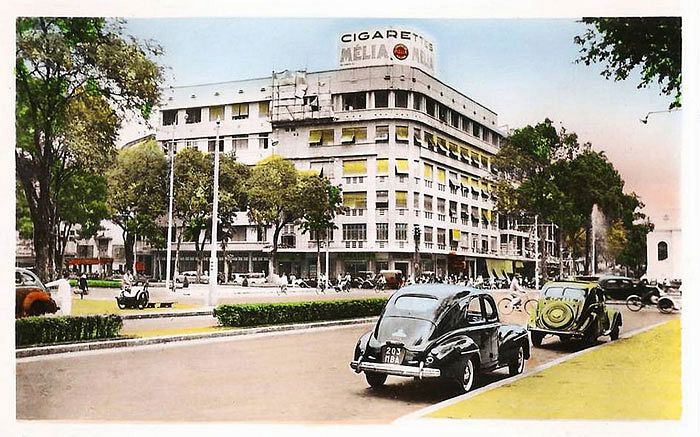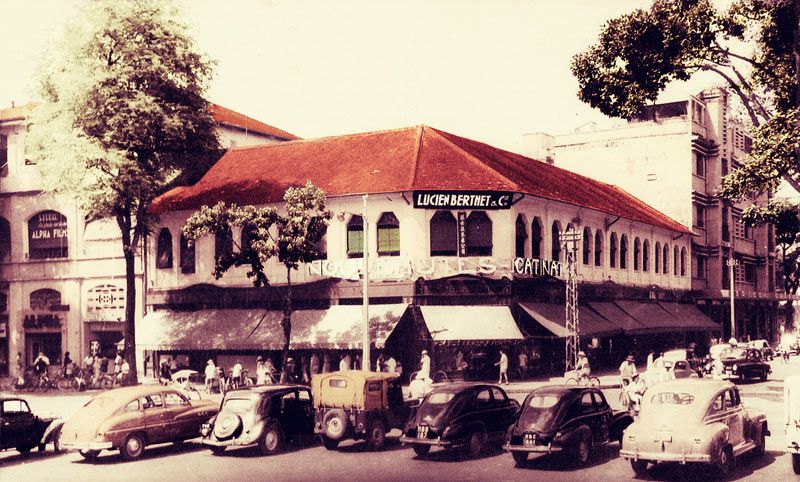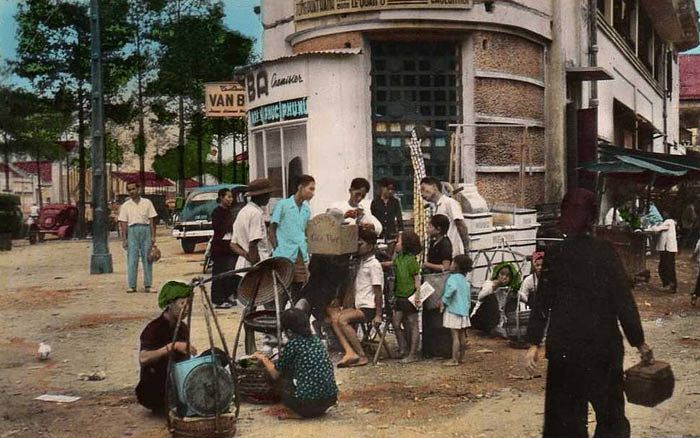With 42 Nguyen Hue facing an uncertain future, RICE and Saigoneer set out to share the stories of residents of one of Saigon's most popular "cafe-apartment" buildings.
Built in the early 1960s, the structure has played a prominent role in Saigon's history. Before 1975 it was home to high-ranking government officials, perhaps most notably Truong Buu Khanh, the personal interpreter of President Ngo Dinh Diem.
Khanh lived on the sixth floor of 42 Nguyen Hue from 1961-1963. His son, Marcelino Truong, captured the family's fascinating, chaotic life in Such a Lovely Little War: Saigon 1961-63, a striking graphic memoir.
American military officers also resided in the building during the war, with units in the street-front block reserved for them.
After the war some of the apartments were given to workers from the Ba Son Shipyard at the edge of District 1. Most of the residents were poor, and this remained a lower-middle class building until Nguyen Hue was transformed into Saigon's first walking street in 2015. Real estate prices along the new street boomed.
Today, nearly every unit at the front of the tower has been converted into a business, and its numerous cafes draw people from around the city.
This February, however, city officials sent a notice to business owners at 42 Nguyen Hue informing them that they had 15 days to vacate the space. By law, households are not allowed to conduct business inside residential units in Vietnam. However, this deadline has not been enforced, and the cafes remain, for now.
Dive into the past, present and possible future of 42 Nguyen Hue through the eyes of its residents in the first part of Saigoneer's Trading Places series:














